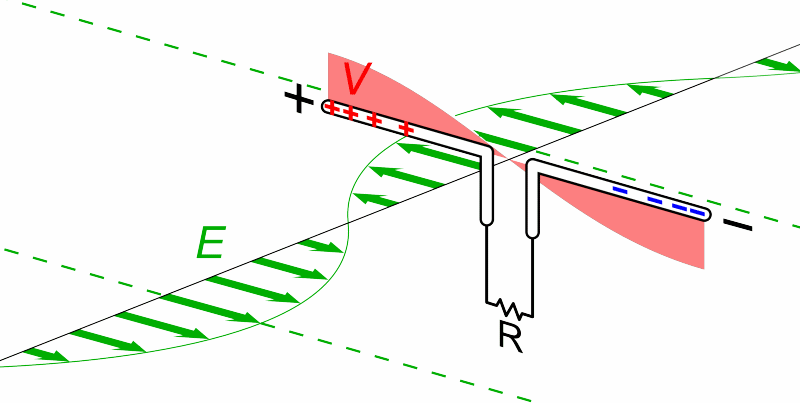Now I know that grounding is NOT an option with antennas, but I have never found the grounding requirements for dipole antennas, more specifically inverted V antennas. This may sound very newbish, but how would one go about grounding a balanced antenna system such as an inverted V?
You are using an out of date browser. It may not display this or other websites correctly.
You should upgrade or use an alternative browser.
You should upgrade or use an alternative browser.
-
You can now help support WorldwideDX when you shop on Amazon at no additional cost to you! Simply follow this Shop on Amazon link first and a portion of any purchase is sent to WorldwideDX to help with site costs.
Grounding
- Thread starter Pman62
- Start date
Now I know that grounding is NOT an option with antennas, but I have never found the grounding requirements for dipole antennas, more specifically inverted V antennas. This may sound very newbish, but how would one go about grounding a balanced antenna system such as an inverted V?
You don't have to ground a balanced antenna. With a balanced antenna the RF ground is contained within the antenna itself.
Basically the reason you need a RF ground is to have a source of electrons to draw from and a sink to return them to in order to allow a current to flow in the antenna. With a balanced antenna like a dipole that source and sink are contained within the antenna itself. Each leg supplies an adequate source of electrons to allow current to flow in the other and for those electrons to return to. It is balanced.

With an end fed vertical you don't get that happening within the antenna, the antenna is unbalanced, so you have to have a RF ground aka ground plane otherwise what is going on in one of those legs of the antenna above happens on your coax. That results in a phenomenon called common mode RFI which can result in more noise on receive, your coax spewing your signal everywhere and a humming noise in your audio or distorted audio as you transmit and in extreme cases give you RF burns. Because with an inadequate ground your coax forms part of the antenna the length of the coax can also affect the tuning so if you alter the length the SWR will change. That is how the old wives tale of needing 9ft or 18ft or whatever people say of coax for CB antennas came into being - they didn't understand that the coax was part of the antenna because they had a poor or non-existent RF ground.
With both types of antenna you want to have a RF choke to ensure that you have no RF current flowing on the outside of the coax. The reason you still need one with a dipole is because in real life no dipole is truly perfectly balanced due to the effect of nearby objects on each of the legs.
Last edited:
With all that said, you still need "Station Grounds" to bleed off static electricity. It also helps bring down the noise floor.
dxChat
- No one is chatting at the moment.
-
@ Wildcat27:Hello I have a old school 2950 receives great on all modes and transmits great on AM but no transmit on SSB. Does anyone have any idea?
-
-
-
dxBot:63Sprint has left the room.
-
dxBot:kennyjames 0151 has left the room.
